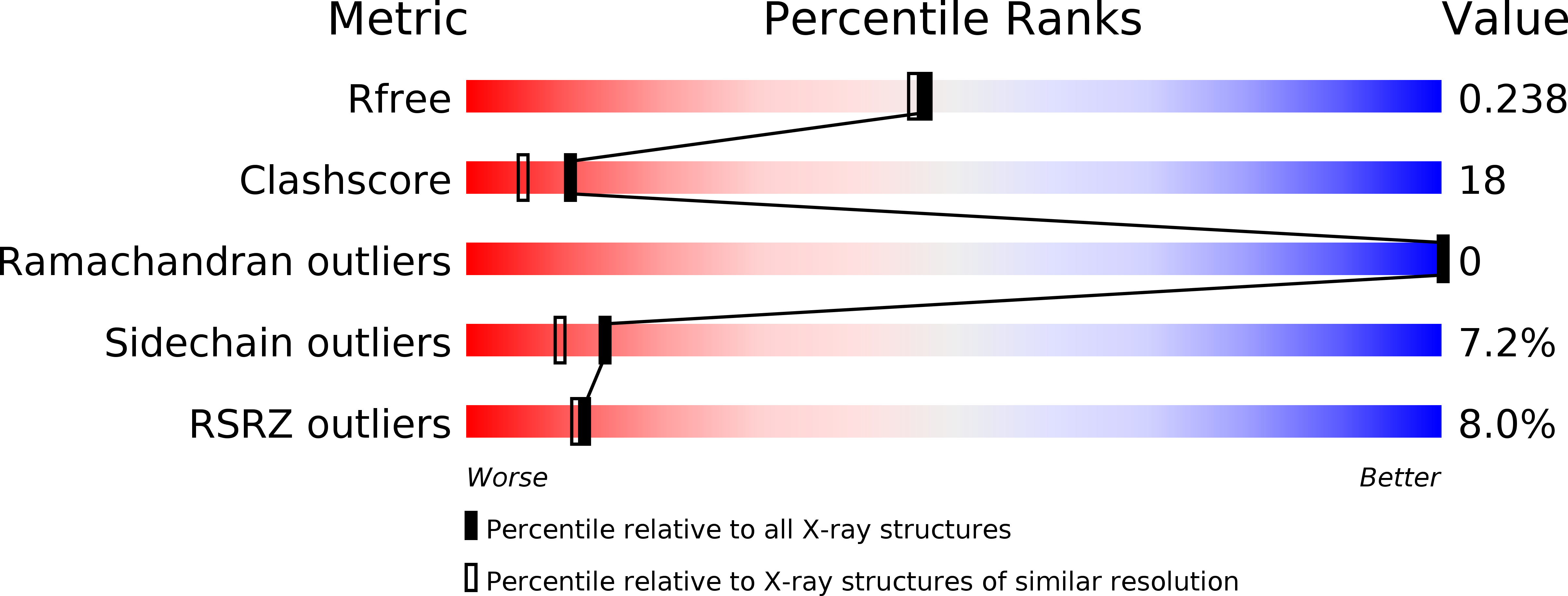
Deposition Date
2002-09-23
Release Date
2003-01-07
Last Version Date
2024-02-14
Entry Detail
Biological Source:
Source Organism:
Sulfolobus shibatae (Taxon ID: 2286)
Host Organism:
Method Details:
Experimental Method:
Resolution:
2.00 Å
R-Value Free:
0.23
R-Value Work:
0.21
R-Value Observed:
0.21
Space Group:
P 21 21 2


